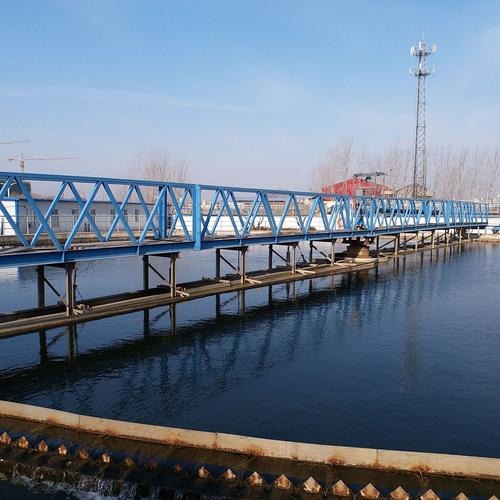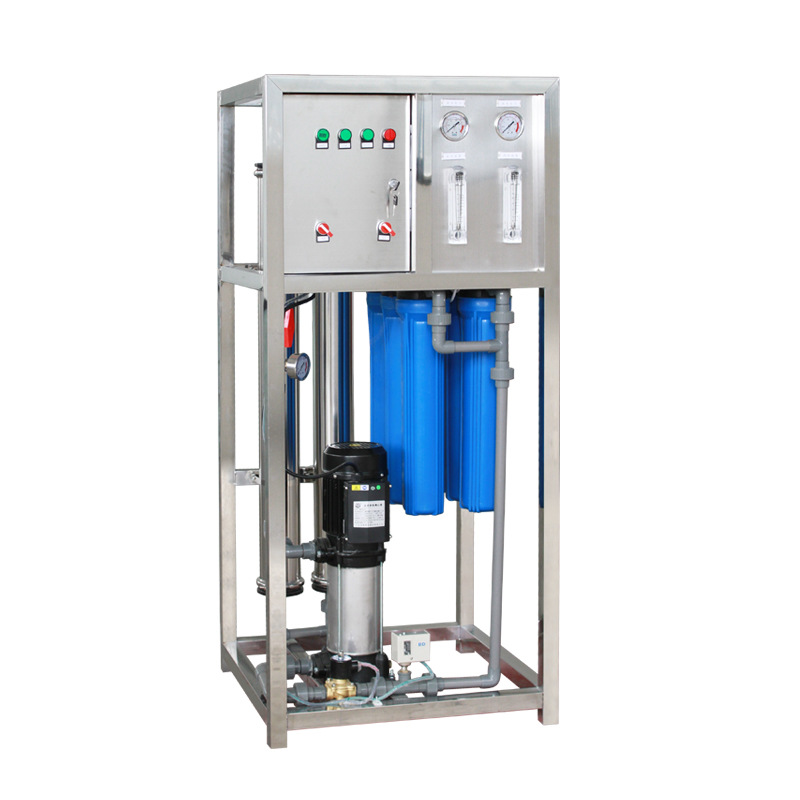What’s the types of sludge?
Sludge is a heterogeneous body composed of organic debris, bacteria, inorganic particles and colloids. It is difficult to separate solids and liquids thoroughly through sedimentation. The sludge produced by sewage treatment is a typical organic sludge, which is characterized by high organic content (60%~80%), fine particles (0.02~0.2mm), low density (1002~1006Kg/m³), colloidal structure, and hydrophilic sludge. It is easy to transport by pipeline, but has poor dehydration performance. As the water content of sludge decreases, the sludge changes from pure liquid flow to viscous state, plastic state, semi-dry solid state and finally pure solid state. Usually, concentration can reduce the moisture content to 85% (water-containing state); when the moisture content is 70%~75%, the sludge is soft and difficult to flow; usually, the moisture content can only be reduced to 60%~65% under general dehydration, at which time it almost becomes solid; when the moisture content is as low as 35%~40%, it becomes agglomerated and dispersed state (the above is a semi-dry state); further reduced to 10%~15%, it becomes powdery.
Что такое осадок при очистке сточных вод?
According to the sewage treatment method or the process of sludge separation from sewage, sludge can be divided into four categories:
(1)Primary sludge: Sediment discharged from the primary sedimentation tank (from the primary sedimentation tank).
(2)Come Secondary sedimentation tank after the activated sludge process. Excess sludge (Residual activated sludge): Due to the metabolism and biosynthesis of microorganisms, the biomass of activated sludge in the aeration tank increases. Part of the sludge precipitated in the secondary sedimentation tank is returned to the aeration tank for sewage retreatment, and the excess part discharged outside the system is the residual sludge.
(3)Humic sludge: Refers to the sediment produced in the secondary sedimentation tank in the wastewater treatment process of the biofilm method (such as biofilter, biorotating disc, some biological contact oxidation tanks, etc.). (From the secondary sedimentation tank after the biofilm method).
(4) Chemical sludge: sludge produced by treating wastewater using chemical methods such as coagulation and chemical precipitation.
What are Features of Water treatment Sludge ?
1.Municipal sludge Features: The amount of sludge produced is moderate, generally accounting for about 0.1% of the total volume of water in domestic sewage treatment, but the total amount is large, the organic matter content is high, and the water content is high, generally reaching 95%~99%. Even after dehydration, the water content is still 60%~80%. There are a large number of pathogens and parasites, which are easy to rot and stink, and are extremely unstable
2. Characteristics of industrial sludge:Industrial sludge varies greatly depending on its source. These differences are mainly reflected in its viscosity, hygroscopicity, pollutant properties, oil content, water content, organic matter ratio, inorganic matter ratio, etc. Compared with municipal sludge, its high viscosity, high oil content and high inorganic matter ratio sometimes make it more difficult to handle.
Technical means of sludge disposal and comprehensive utilization
Sludge treatment technology is divided into two parts: sludge treatment and sludge disposal.
1)Sludge treatment includes concentration (water content 95%-98%), dehydration (80%), drying (40%), etc. In the dehydration stage, the dehydration efficiency can be further improved through anaerobic digestion or aerobic digestion.
2)Sludge disposal is the subsequent link of sludge treatment, which includes landfill, incineration, composting, resource utilization and other methods.


生化膜反应器12-scaled.jpg)



